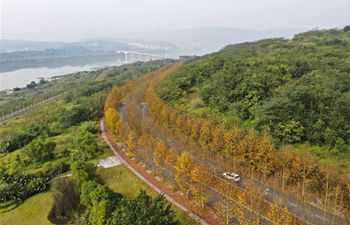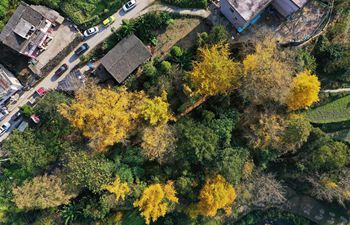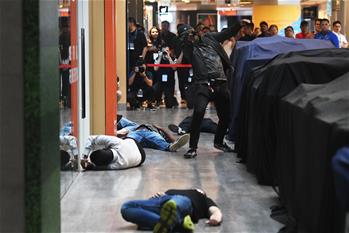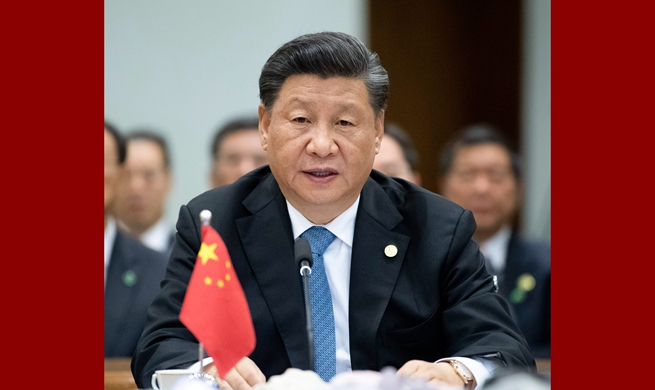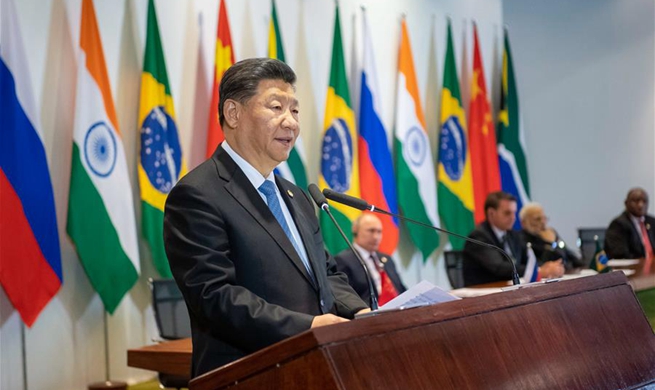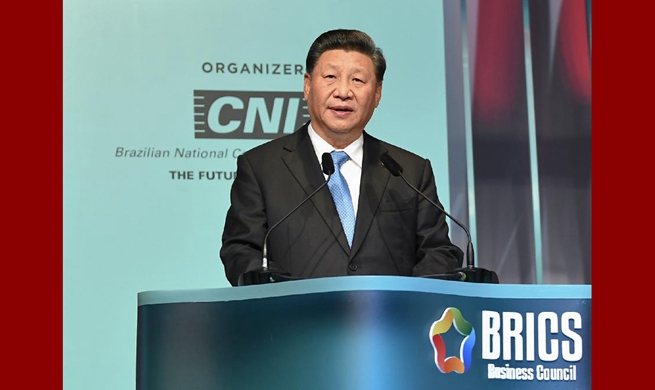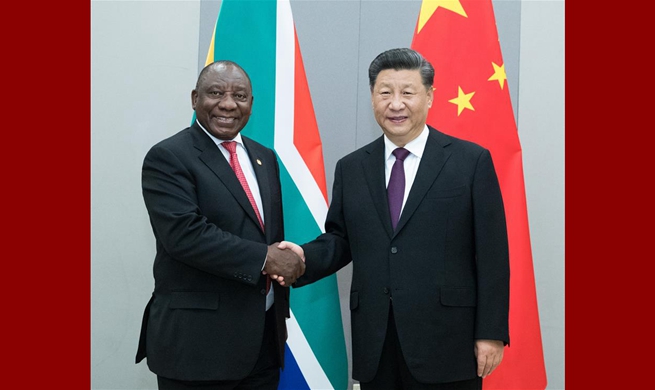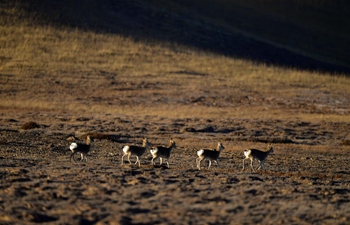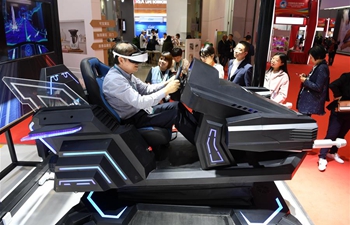WASHINGTON, Nov. 15 (Xinhua) -- Two astronauts started on Friday a series of complex spacewalks outside the International Space Station to repair a cosmic particle detector in searching for dark matter and antimatter.
European Space Agency astronaut Luca Parmitano and U.S. space agency NASA astronaut Andrew Morgan switched their spacesuits to battery power at 6:39 a.m. U.S. Eastern Time (1139 GMT) to kick off a series of complex spacewalks to replace a cooling system on the Alpha Magnetic Spectrometer (AMS), a cosmic ray detector.
The upgraded cooling system will support the AMS, launched in 2011, through the lifetime of the space station.
The spacewalks are considered the most complex of their kind since the Hubble Space Telescope servicing missions, which took place between 1993 and 2009, according to NASA.
During the first spacewalk, astronauts would position materials, remove a debris cover on the AMS, and install handrails in preparation for the subsequent spacewalks.
Unlike the Hubble Space Telescope, the AMS was not designed to be serviced by spacewalking astronauts. It was not equipped with fasteners, cables, handrails and internal clearances needed by astronauts working in bulky, pressurized suits.
"It is actually more difficult than Hubble because when (astronauts) get into this area behind the debris shield, they are very constrained," said Ken Bollweg, AMS program manager for NASA, on Tuesday. "Everything is interfering with what they are doing within that tiny space."
The debris shield that covered the AMS floated away towards Earth as Morgan successfully released the shield at about 9:20 a.m. U.S. Eastern Time (1420 GMT), according to NASA.
"If we get through the removal of the debris shield, it will be a good, successful first EVA (extravehicular activity)," said John Mularski, lead spacewalk officer, at the media briefing.
The AMS, developed by an international team led by Samuel Ting, a Chinese-born American scientist, features a thermal control system developed by Chinese scientists.
